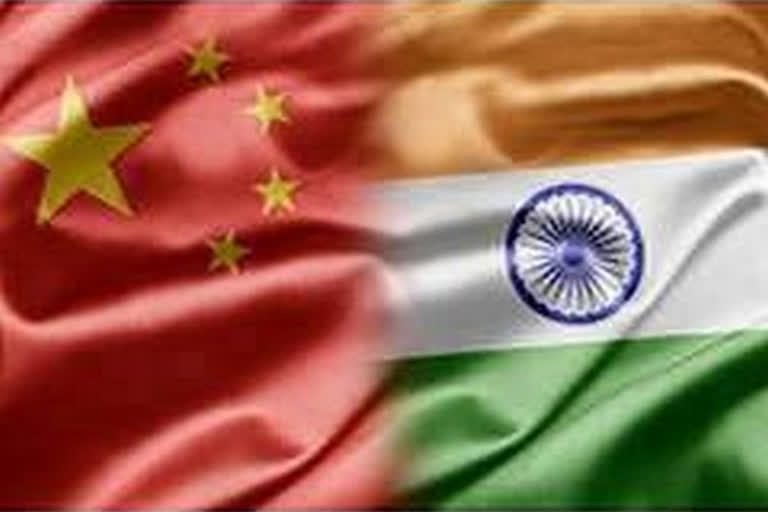New Delhi:Indian and Chinese military commanders on Tuesday began a crucial round of negotiations to finalise a framework for a time-bound disengagement process from friction points like Pangong Tso and Depsang as well as to pull back a large number of troops and weapons from rear bases along the Line of Actual Control in eastern Ladakh, government sources said.
The fourth round of Lt general-level talks began around 11:30 AM at a designated meeting point in Chushul on the Indian side of the LAC, the de-facto border between the two countries, the sources said.
The Indian delegation is led by Lt Gen Harinder Singh, the commander of the Leh-based 14 Corps, while Major General Liu Lin, commander of the South Xinjiang military region, was scheduled to lead the Chinese side.
The key focus of the high-level meeting is expected to be to a roll-out of phase two of the disengagement process including in Pangong Tso and Depsang, besides withdrawal of forces and weapons from the rear bases in a time-bound manner, the sources said.
The Indian side is expected to insist on "total restoration" of status quo ante in all areas of eastern Ladakh prior to May 5 when the standoff began following a clash between the troops of the two countries in Pangong Tso, they said.
The sources said the two sides are also expected to finalise a roadmap for overall restoration of peace and tranquility in the high-altitude region that witnessed an eight-week bitter standoff between the troops of the two countries.
The talks are taking place days after the implementation of the first phase of the disengagement process from the friction points.
China's People's Liberation Army (PLA) has already completed pulling back troops from Gogra, Hot Springs and Galwan Valley and significantly thinned down its presence in the ridgeline of Finger Four in the Pangong Tso area in the last one week as demanded by India, according to people familiar with the developments.
In line with a mutually agreed decision, the two sides created a minimum buffer zone of three kilometres in most of the friction points where they were locked in a standoff.
The formal process of disengagement of troops began on June 6, a day after a nearly two-hour telephonic conversation between National Security Advisor Ajit Doval and Chinese Foreign Minister Wang Yi on ways to bring down tension in the area.
